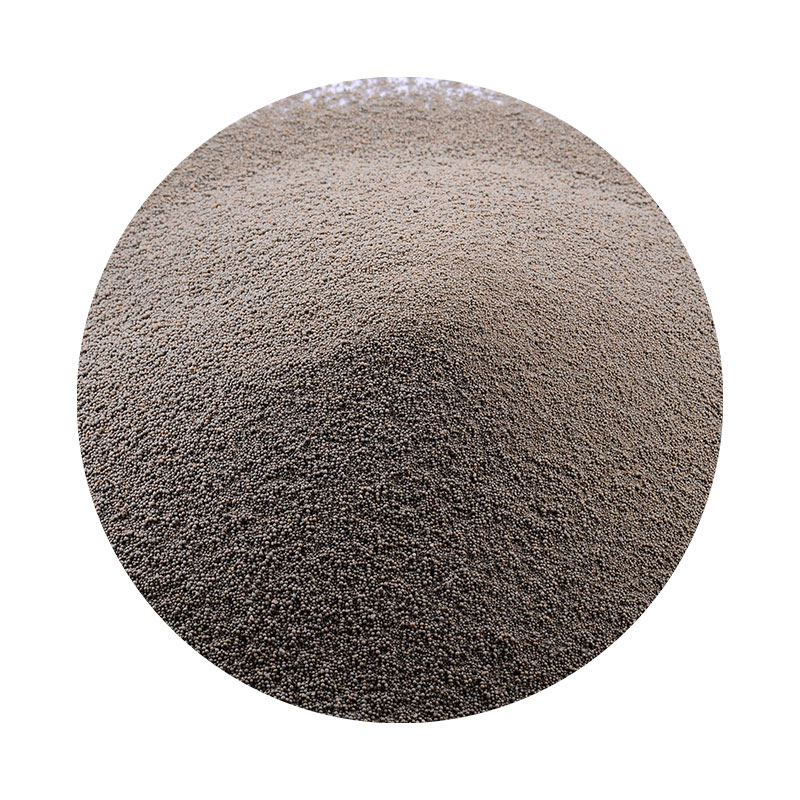Sand Casting of Stainless Steel An Overview
Sand casting is one of the oldest and most versatile metalworking processes, commonly used to shape a wide variety of metals, including stainless steel. This technique involves creating a mold from sand and using it to cast molten metal into complex shapes. Given its benefits and applications, sand casting remains a popular choice in various industries.
Stainless steel, known for its corrosion resistance, strength, and aesthetic appeal, is widely used in construction, automotive, aerospace, and consumer goods. The casting process begins with the preparation of a sand mold, which consists of a mixture of sand, clay, and water. The sand is compacted around a pattern that represents the desired shape of the final product. After the mold is created, the pattern is removed, leaving a cavity in which molten stainless steel will be poured.
One of the significant advantages of sand casting stainless steel is its ability to produce large, complex shapes with excellent surface finishes. The flexibility of the sand mold allows for intricate designs that are often challenging to achieve with other casting methods. Additionally, sand casting can accommodate various sizes of parts, from small components to large structures, making it ideal for numerous applications.
sand casting stainless steel

However, there are important considerations when working with stainless steel in sand casting. The high melting point of stainless steel, typically around 1400 to 1450 degrees Celsius (2552 to 2642 degrees Fahrenheit), requires specialized furnaces and pouring techniques to ensure a successful casting. Moreover, the thermal properties of stainless steel can lead to issues such as shrinkage and warping during the cooling process, necessitating careful design and planning to mitigate these effects.
Post-casting operations, such as machining and surface finishing, are often required to achieve the desired tolerances and surface quality. These processes can enhance the overall performance and appearance of the final product, making sand casting a suitable choice for high-quality stainless steel components.
In conclusion, sand casting is a valuable method for producing stainless steel parts, offering flexibility, complexity, and the ability to handle large components. While there are challenges associated with the high melting point and post-processing requirements, the advantages make it a preferred option in various manufacturing sectors. As technology advances, we can expect further innovations in the sand casting process, leading to even more efficient and sustainable production of stainless steel components.
Post time:តុលា . 13, 2024 09:37
Next:Exploring Materials Used in Sand Casting Processes for Enhanced Metal Fabrication Techniques
